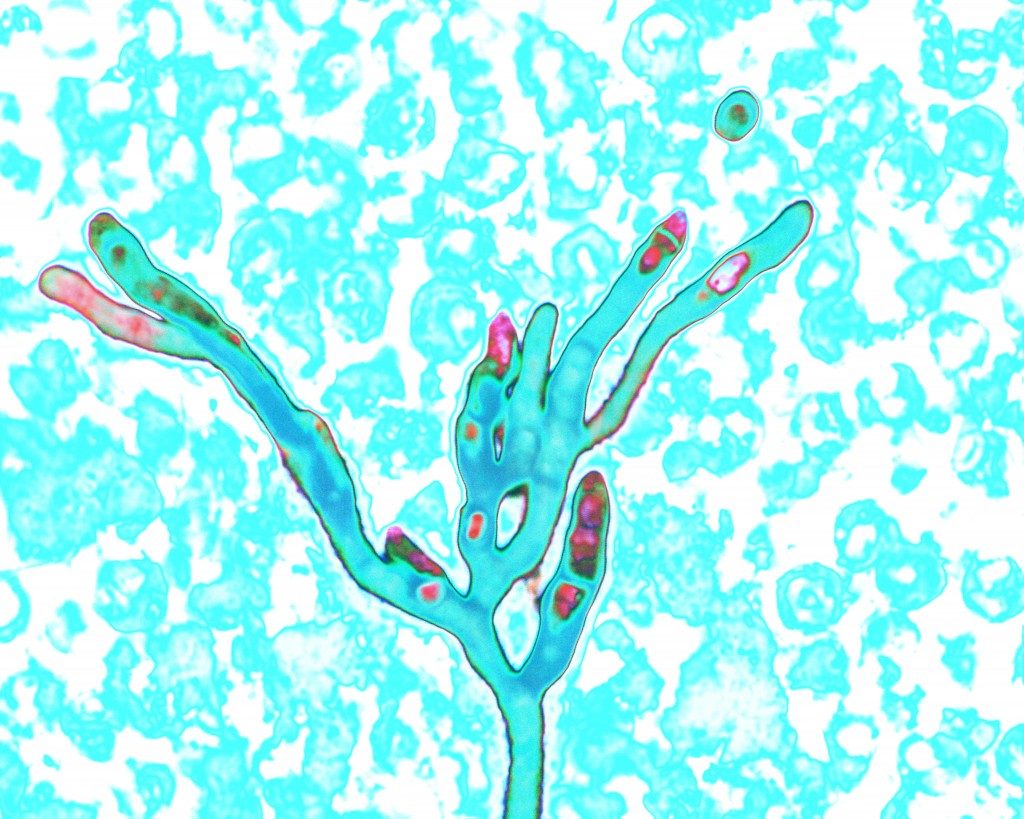Présentation

We demonstrated by inactivating different cell populations the essential role of neutrophils in host defense against A. fumigatus. A thorough analysis of the role of neutrophils was continued through the study of the kinetics of recruitment and activation of neutrophils in the three compartments (bone marrow, blood and alveolar space) in three conditions resulting in survival, susceptibility or protection but also using susceptible mutant mice for the chemokine receptor CXCR2. We observed that the susceptibility of mice is linked to a lack of recruitment and activation of neutrophils and impaired phagocytosis and killing. For the first time, we have shown that mice can be protected following a primary infection. Unexpectedly, we have found for the first time that IL-17 producing neutrophils are the superhero cells playing an efficient protective effector against A. fumigatus.
Important questions need to be addressed in the coming future: The first question is the longevity of the protection? If adoptively transferred “trained” PMNs can protect naive mice from lethal challenge? What is the effect of IL-17 recognition in the protective mechanism?
Addressing these major and challenging questions will very useful to understand and to bring well-funded proves to the fashionable but controversial topic of trained immunity.

